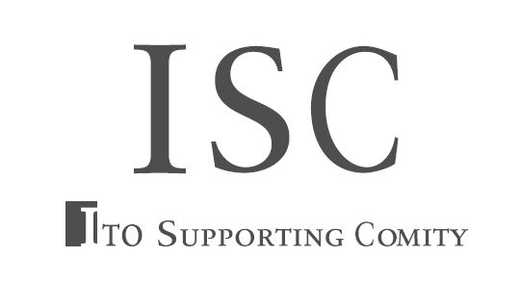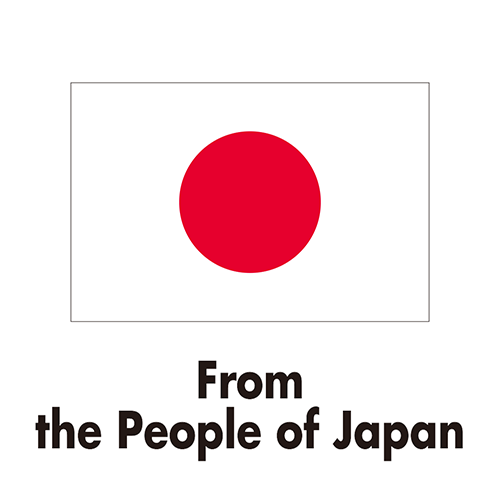MAG has reached a historic milestone — earlier this month, our teams in Laos removed and safely disposed of their 300,000th unexploded bomb.
Between 1964 and 1973, Laos became, per capita, the most heavily bombed country in the world, with over two million tonnes of bombs dropped during the Vietnam War — a tonne for each person living in Laos at the time.
The airstrikes were mostly aimed at disrupting movement along the Ho Chi Minh Trail, a key logistical supply route used by the North Vietnamese.
Bombing raids unleashed an estimated 250 million cluster bombs, about 30 per cent of which failed to explode. But the ones that did not kill on impact have, instead, laid dormant ever since — ready to strike at any moment.
Every unexploded bomb littering the land represents a threat to life and a barrier to development, trapping whole communities in fear.
MAG teams work to clear unexploded bombs in Laos
More than 50,000 people have been killed by unexploded bombs, 20,000 since the war ended. Almost half have been children.
MAG has been working in Laos since 1994 because we believe these tragedies can and must be prevented.
By our 25th anniversary in Laos in 2019, our almost 1,200-strong team of brave men and women had found and destroyed 250,000 bombs — and, two years later, on the morning of 8 August, they uncovered and disposed of bomb number 300,000.
For every bomb we remove, a community takes one step closer to the freedom to live without fear.
That freedom gives girls and boys across Laos the chance to embrace their education.
Phom Toum school caters for more than 200 children under the age of 14 — but it needed to expand.
Girls and boys studying at Phom Toum school
“We decided we had to build a new school, as the one we had was far too small,” explained Mrs Khounsay Doungmamyvoung, a teacher at the school.
But the work was halted by the discovery of a deadly danger.
"We cleared the vegetation from the new site and found a lot of unexploded bombs. This was a big problem. They are very dangerous — the children were at risk.”
The school called in MAG. Our teams cleared more than 5,000m² of land around the school — about the size of a football field — and found and destroyed ten unexploded bombs.
As part of a project with International Relief and Development, MAG cleared a further 115 schools in the region, giving girls and boys safer access to an education — enrollment across the area increased by 30 per cent.
“I am very happy and very proud — the children are safe, whereas it was dangerous before. Education is very important. Our future depends on it,” commented Mrs Doungmamyvoung after Phom Toum school was freed of unexploded bombs.
Xoua Thor is a MAG deminer working in the region where MAG found its 300,000th bomb
And it is building a safer future for women, girls, boys and men that drives the deminers working with MAG, many of whom have also had their lives impacted by unexploded bombs.
“My brother lost his eye when his shovel hit an unexploded bomb as he worked on the family farm — his friend was killed by the blast,” remembers Xoua Thor, one of the deminers working in the region where MAG found its 300,000th bomb.
The tragedy inspired Xoua to join MAG: "I am so proud to now be working to support my local community to save lives and help people to be able to use their land without fear and danger from unexploded bombs."
Today we celebrate removing 300,000 unexploded bombs in Laos, and reflect on the more than one million women, girls, boys and men we have supported to live free from fear — but the job is far from complete.
Laos has the ambition to eliminate all possible unexploded bomb casualties by 2030. And with the continued support of our donors, MAG is committed to supporting Laos to achieve its goal.
300,000 down, many more to go.
The job is not yet complete in Laos




















